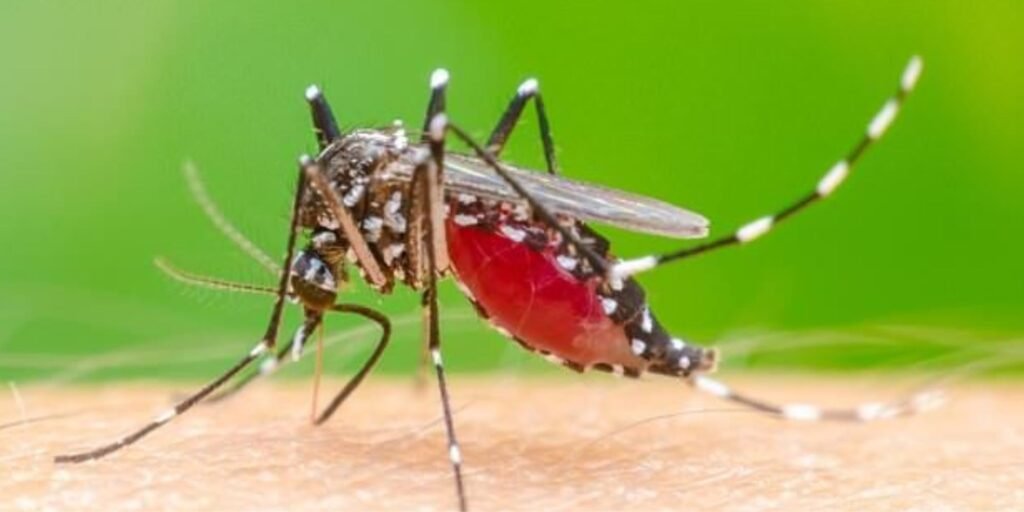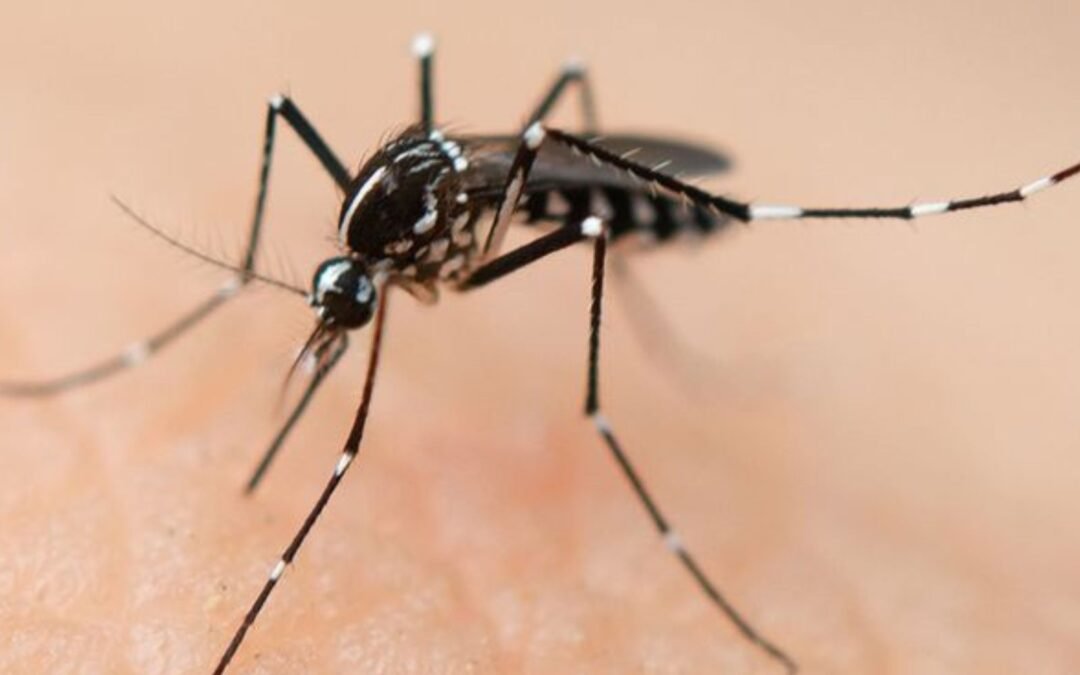Overview
Mosquitoes are notorious for annoying buzzing and itchy bites, but there’s more to them than meets the eye. One of the most curious claims surrounding these tiny creatures is that do mosquitoes have 42 teeth. This myth has circulated widely, leaving many puzzled and intrigued. Are mosquitoes equipped with such a dental arsenal? In this article, we’ll dive into the fascinating world of mosquitoes, exploring their life cycle, feeding habits, and interactions with humans. We’ll also investigate whether or not they possess those elusive 42 teeth. Get ready to unravel the truth behind one of nature’s most misunderstood insects!
The Myth Explained: Do Mosquitoes Have 42 Teeth?
The idea that mosquitoes have 42 teeth is a common myth, but it’s inaccurate. In reality, these insects don’t even possess teeth in the traditional sense. Instead, they have specialized mouthparts designed for feeding.
Mosquitoes use a long proboscis to pierce the skin of their hosts and draw blood. This proboscis contains fine serrations that help them navigate through skin layers, much like tiny blades. While some may liken these structures to teeth, they are fundamentally different.
Understanding this distinction clears up the confusion surrounding mosquito anatomy. The myth might stem from their complex feeding mechanism, but rest assured—those pesky little bugs aren’t sporting an impressive set of dental tools!
Introduction
Mosquitoes are among the most notorious insects on Earth. Their buzzing sound, combined with their ability to bite and transmit diseases, makes them a common topic of concern. Many myths surround these little creatures, one being that they possess 42 teeth.
This intriguing claim often leads people to wonder just how much we know about mosquitoes. It sparks curiosity not only about their anatomy but also about how they interact with our lives.
Understanding mosquitoes goes beyond just knowing what makes them tick; it opens a window into their complex life cycle, feeding habits, and ecological significance. Let’s explore whether this toothy myth holds any truth or if it’s simply another urban legend in the world of pests.
Description and Life Cycle of Mosquitoes
Mosquitoes are small, flying insects belonging to the family Culicidae. They have slender bodies, long legs, and a unique proboscis that allows them to feed on blood. Adult mosquitoes typically range from 3 to 6 millimeters in length and can be found in various colors.
The life cycle of a mosquito consists of four distinct stages: egg, larva, pupa, and adult. Females lay eggs in stagnant water or moist areas. Once hatched, larvae emerge and feed on organic matter.
After several molts, the larvae transform into pupae. This stage is crucial as they undergo metamorphosis before emerging as adults ready for flight and reproduction. Each phase plays a vital role in their development and survival.
Feeding Habits of Adult Mosquitoes

Adult mosquitoes have distinct feeding habits that vary among species. Most female mosquitoes are the ones that bite, seeking blood meals to obtain proteins necessary for egg development. They use their specialized mouthparts, known as proboscis, to pierce the skin and access blood vessels.
Males, on the other hand, primarily feed on nectar and plant juices. Their diet consists of sugary substances which provide energy for flight and reproduction. Interestingly, both genders rely heavily on these nectar sources during certain life stages.
Mosquitoes exhibit selective feeding behaviors based on environmental factors and the availability of hosts. This adaptability helps them thrive in diverse habitats across different climates around the world.
Distribution of Mosquitoes
Mosquitoes are found all over the world, thriving in diverse environments. They prefer warm and humid climates, making tropical and subtropical regions their home. However, they can also adapt to temperate areas.
These insects inhabit various ecosystems, from wetlands to urban areas. Their adaptability allows them to breed in stagnant water sources like ponds, marshes, and even discarded containers. This has led to an increase in mosquito populations near human settlements.
Different species have distinct ranges as well. Some flourish in specific locales while others travel long distances seeking food or breeding grounds. This wide distribution plays a significant role in their interactions with humans and wildlife alike.
Ecology of Mosquitoes
Mosquitoes play a crucial role in their ecosystems. They are part of the food web, serving as prey for various species like birds, bats, and amphibians. Their presence helps maintain the balance within these natural systems.
These insects thrive in diverse habitats, from wetlands to forests. Standing water is essential for mosquito breeding, making environments rich in water ideal for their population growth. This adaptability allows them to colonize different regions worldwide.
Moreover, mosquitoes contribute to pollination. While they are often viewed negatively due to their biting habits, many species help pollinate plants during their quest for nectar. This interaction highlights an important ecological role that goes beyond just being pests.
Do mosquitoes have 42 teeth: Evolutionary History of Mosquitoes
Mosquitoes have a fascinating evolutionary history that dates back over 200 million years. They first emerged during the Triassic period, long before dinosaurs roamed the Earth. This ancient lineage has allowed them to adapt and survive through countless environmental changes.
The most notable evolutionary change came with the development of their specialized mouthparts, known as proboscis. This adaptation enabled mosquitoes to feed efficiently on blood, which is crucial for reproduction in females. It set them apart from other insects.
Throughout time, mosquitoes diversified into more than 3,500 species worldwide. Each species has evolved unique traits suited to different habitats. Their ability to thrive in various environments showcases nature’s adaptability at its finest.
Interactions Between Mosquitoes and Humans
Mosquitoes have a complex relationship with humans that often leads to discomfort and disease. Their primary reason for interacting with us is the need for blood, which female mosquitoes require for egg production. This quest can make outdoor activities less enjoyable during warmer months.
Humans unwittingly attract these pests through body heat, carbon dioxide, and specific scents emitted by our skin. Some people are more appealing than others due to genetic factors, leading to varying bite experiences.
Despite being a nuisance, mosquitoes also play crucial roles in ecosystems. They serve as food for various species and help pollinate certain plants. Understanding this interaction can foster more effective pest control approaches while recognizing their ecological importance.
Influence of Mosquitoes in Human Culture: Do mosquitoes have 42 teeth
Mosquitoes have significantly shaped human culture throughout history. They appear in folklore and literature, often symbolizing annoyance or disease. Many cultures have developed myths surrounding these tiny creatures, attributing various qualities to them.
In art, mosquitoes are frequently depicted as nuisances that interrupt serene scenes. This representation highlights humanity’s struggle against nature. Their presence has inspired countless creative expressions across different mediums.
Moreover, mosquitoes influence public health discussions and policies worldwide. They remind us of our vulnerability to diseases such as malaria and dengue fever. As a result, they serve as powerful motivators for scientific research and community awareness initiatives dedicated to combating their impact on society.
Investigating the Tooth Count Myth: Do mosquitoes have 42 teeth

The myth that mosquitoes have 42 teeth might sound intriguing, but it’s far from the truth. In reality, mosquitoes don’t possess teeth in the traditional sense. Instead, they have specialized mouthparts called proboscis, which allow them to pierce skin and draw blood.
These mouthparts are equipped with tiny serrated edges that can resemble teeth when viewed closely. This feature aids them in their feeding process but does not amount to an actual tooth count like we find in mammals.
Many people became fascinated by this myth due to its catchy nature. However, understanding mosquito anatomy reveals a different story—one that’s more about survival than dental artistry. The allure of such myths keeps our curiosity alive!
Conclusion: The Truth Behind the Myth of Mosquitoes Having 42 Teeth
The idea that mosquitoes have 42 teeth has intrigued many. It’s a catchy concept, but the truth is far less dramatic than folklore suggests. Mosquitoes do not possess teeth in the way we typically think of them. Instead, their mouthparts are adapted for piercing and sucking.
These insects play essential roles in ecosystems and human culture, influencing everything from biodiversity to art. Understanding their biology and habits helps demystify some myths surrounding them.
So while it’s fun to ponder whether these tiny creatures could be formidable with so-called “teeth,” they remain fascinating without needing this embellishment. The next time you hear about mosquitoes having 42 teeth, you can smile knowingly at the myth that’s been debunked!

